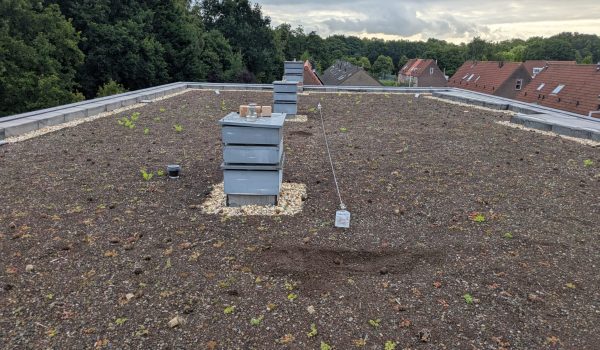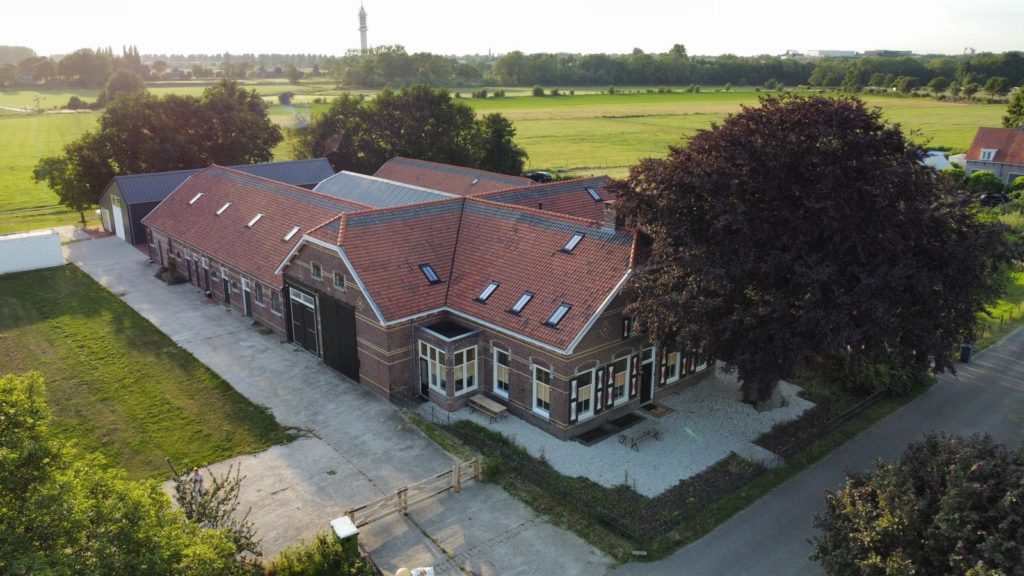From risk to laying plan: here's how to determine where to place sensors
When implementing sensors for roof monitoring, it is normal to start with a simple risk inventory. Since every roof is unique, an installation plan based on that inventory is a logical choice. That way you measure only where it really makes sense - and avoid placing sensors in low-risk areas
What do we inventory with each roof?
- Location and number of rainwater drains
- Presence of roof penetrations or installations
- Complex details or connections
- Slope and drainage
- History of leaks or previous problems
We do this with a brief intake, floor plans and consultation with client and or roofer.
So what does a laying plan look like?
Based on the analysis, we determine the number of sensors and their positions. The laying plan is visual, clear and geared to risk, not standard distribution. Consider a roof drawing on which the sensors are marked at strategic points.
With our IoT sensors and LoRa, you make your roof smarter. Problems are detected faster, allowing you to take action before they get bigger. Whether you're responsible for a single building or an entire portfolio, make risk management easier.
What's in it for you?
A well-thought-out laying plan based on risk assessment ensures:
- Measure where it is needed - so no waste of resources
- Reliable data on the places that really matter
- Reduced failure costs through early detection
- Substantiation on completion and warranty
Increased trust between client and contractor
Conclusion
A sensor is not a panacea. The power is in the preparation. A good analysis and smart laying plan ultimately determine how much value you get out of monitoring.





